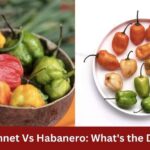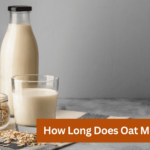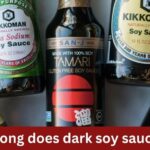Habanero peppers are renowned for their intense heat and vibrant flavor, making them a popular choice in various cuisines around the world. However, like all perishable foods, habanero peppers have a limited shelf life. In this comprehensive guide, we’ll explore everything you need to know about the shelf life of habanero peppers, including factors that affect their longevity, storage tips, and signs of spoilage.
Understanding the Shelf Life of Habanero Peppers
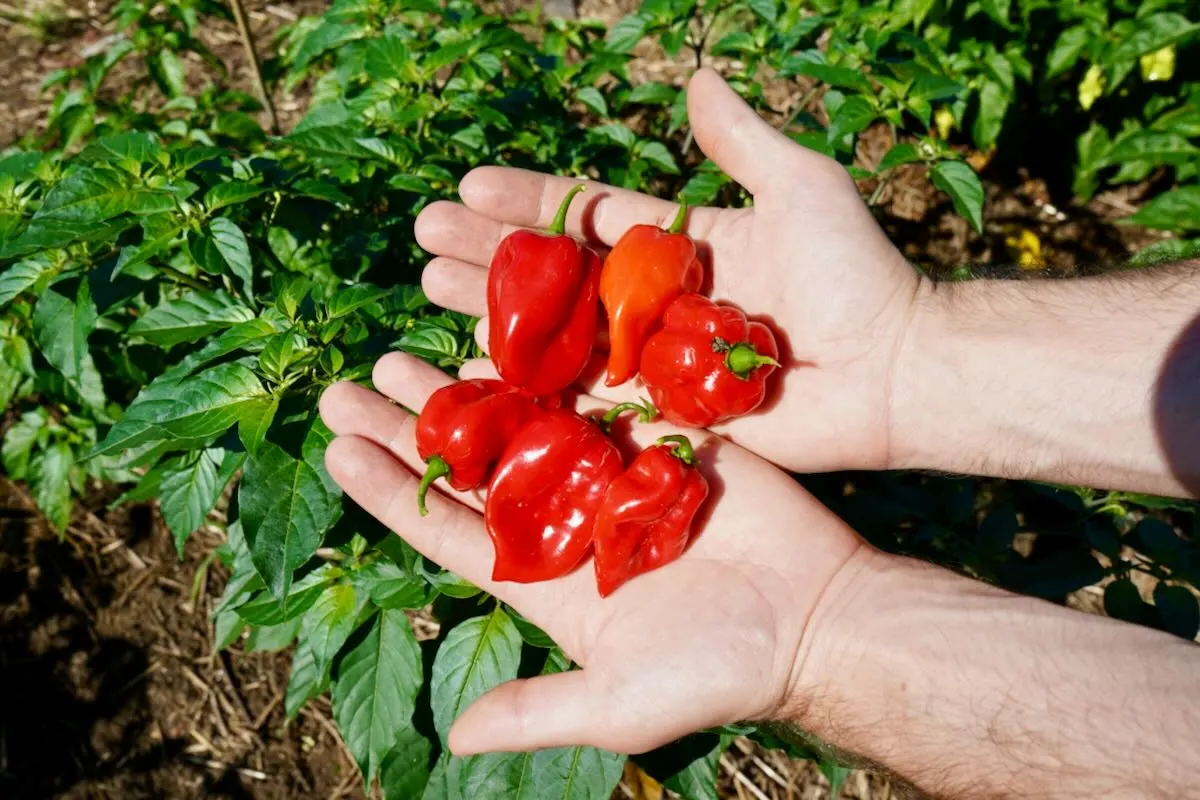
What Influences the Shelf Life?
Several factors influence the shelf life of habanero peppers:
- Freshness: The fresher the peppers, the longer they will last.
- Storage Conditions: Proper storage is crucial. Exposure to heat, light, and moisture can accelerate deterioration.
- Handling: Rough handling can cause bruising and damage, hastening spoilage.
- Variety: Different varieties of habanero peppers may have slightly different shelf lives.
- Preparation: Dried or processed habanero peppers may have a longer shelf life compared to fresh ones.
Average Shelf Life of Fresh Habanero Peppers
Fresh habanero peppers typically have a shelf life of 1 to 2 weeks when stored properly. However, this can vary depending on factors such as ripeness at the time of purchase and storage conditions.
Storage Tips for Extending the Shelf Life
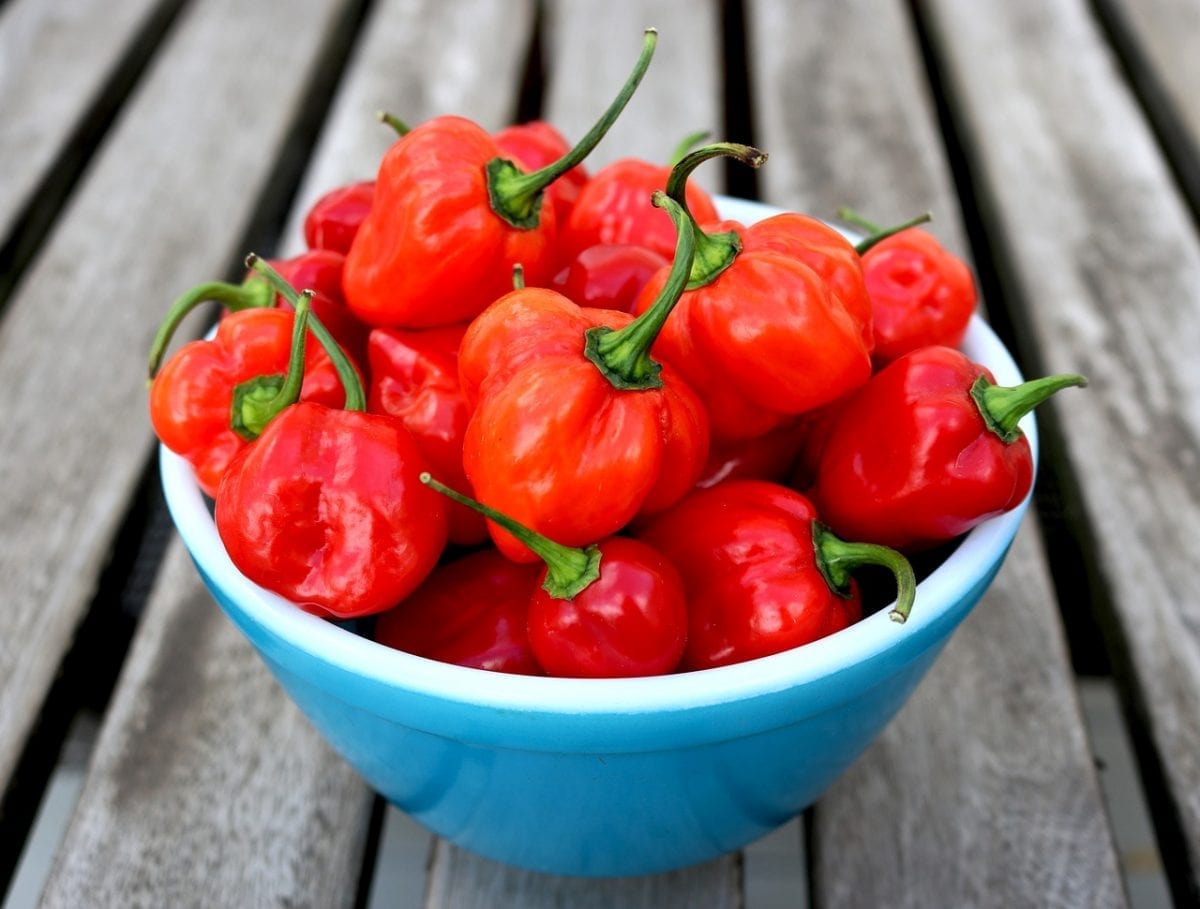
Habanero peppers, like most fruits and vegetables, have a limited shelf life, but proper storage techniques can help extend their freshness and usability. Here are some essential tips to keep your habanero peppers fresh for as long as possible:
1. Use Airtight Containers: One of the most critical factors in extending the shelf life of habanero peppers is storing them in airtight containers. This prevents exposure to air and moisture, which can accelerate the degradation process. Opt for glass or plastic containers with tight-sealing lids to keep your peppers fresh for longer periods.
2. Store in a Cool, Dark Place: Habanero peppers should be stored in a cool, dark place away from direct sunlight and heat sources. Excessive heat and light can cause the peppers to ripen and spoil more quickly. A pantry or cupboard is an ideal location for storing habaneros, as long as it remains cool and dark.
3. Maintain Optimal Temperature and Humidity: The ideal temperature for storing habanero peppers is between 50°F to 55°F (10°C to 13°C). Avoid storing them in the refrigerator, as the cold temperature can cause the peppers to become mushy and lose their flavor. Additionally, humidity levels should be kept low to prevent mold and spoilage.
4. Avoid Moisture: Moisture is the enemy when it comes to storing habanero peppers. Excess moisture can lead to mold growth and spoilage. Make sure the peppers are completely dry before storing them, and avoid washing them until you’re ready to use them. If storing them in the refrigerator, place a paper towel in the container to absorb any excess moisture.
5. Check for Spoilage Regularly: Even with proper storage, habanero peppers can still spoil over time. Regularly check your peppers for signs of mold, soft spots, or discoloration. If you notice any of these signs, discard the affected peppers to prevent them from contaminating the rest of the batch.
6. Consider Freezing for Long-Term Storage: If you have an abundance of habanero peppers and want to extend their shelf life even further, consider freezing them. Wash and dry the peppers thoroughly, then place them in a single layer on a baking sheet and freeze until solid. Once frozen, transfer the peppers to a freezer-safe bag or container, removing as much air as possible before sealing. Frozen habanero peppers can last for up to six months and are perfect for use in cooked dishes.
Signs of Spoilage

Habanero peppers, like any other perishable food item, can spoil if not stored properly or if they are past their prime. It’s essential to be able to identify the signs of spoilage to ensure that you’re consuming fresh and safe peppers. Here are some common signs to watch out for:
1. Mold Growth: One of the most obvious signs of spoilage in habanero peppers is the growth of mold. Mold can appear as fuzzy patches of white, green, or black on the surface of the peppers. If you notice any mold growth, it’s best to discard the affected peppers immediately, as mold can produce harmful toxins that can cause food poisoning.
2. Soft Spots: Another indicator of spoilage is the presence of soft spots on the peppers. When habanero peppers start to spoil, they may become soft and mushy in certain areas. Gently press on the peppers with your fingertips to check for any soft spots. If you feel any areas that give way under pressure or feel squishy, it’s a sign that the peppers are beginning to spoil.
3. Discoloration: Fresh habanero peppers should have a vibrant color, typically ranging from bright orange to deep red. If you notice any discoloration, such as darkening or browning of the skin, it could indicate that the peppers are past their prime and starting to spoil. Additionally, any unusual colors, such as green patches on red peppers, may also be a sign of spoilage.
4. Foul Odor: Fresh habanero peppers have a distinct aroma that is slightly fruity and spicy. However, if you detect a foul or unpleasant odor coming from the peppers, it’s a clear indication that they have spoiled. Trust your sense of smell—if the peppers smell off or rotten, it’s best to discard them to avoid consuming spoiled food.
5. Wrinkled or Shrinking Appearance: As habanero peppers age and start to spoil, they may become wrinkled or shriveled in appearance. While some wrinkling is natural as the peppers dry out, excessive wrinkling or shrinking can be a sign of spoilage. Inspect the peppers closely for any significant changes in texture or appearance.
6. Presence of Fruit Flies or Insects: If you notice fruit flies or other insects hovering around your habanero peppers, it could be a sign that they are starting to spoil. Insects are attracted to decaying organic matter, so their presence may indicate that the peppers are no longer fresh.
Frequently Asked Questions
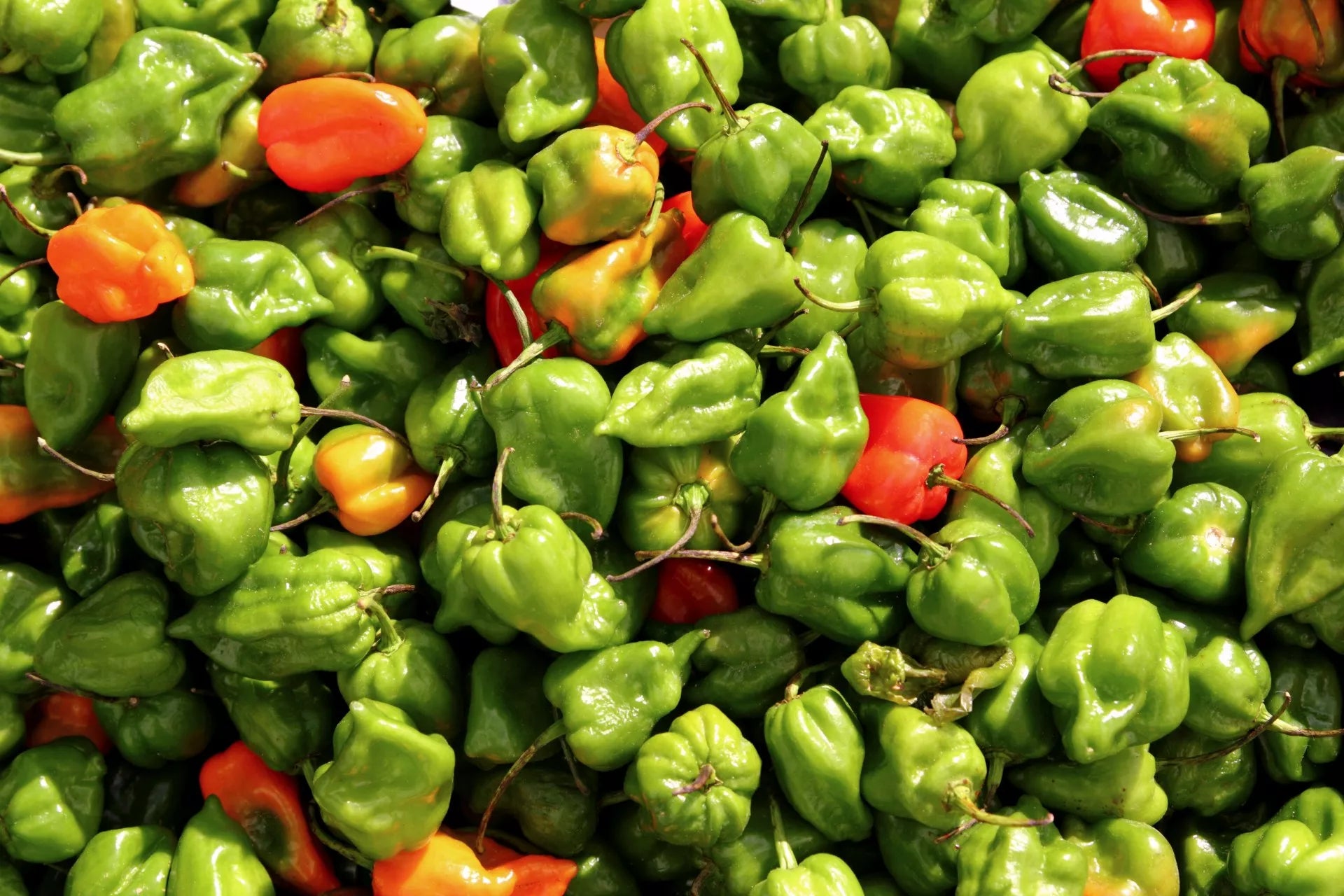
1. Are dried habanero peppers hotter than fresh ones?
Dried habanero peppers often seem hotter than fresh ones, even though both contain the same amount of capsaicin, the compound responsible for their heat. The drying process concentrates the capsaicin, intensifying the heat level of the peppers. As a result, dried habanero peppers can pack a more potent punch than their fresh counterparts.
2. How do I know if habanero peppers are too old to use?
Habanero peppers can start to spoil if stored improperly or kept for too long. Signs of spoilage include mold growth, soft spots, discoloration, foul odor, wrinkled or shriveled appearance, and presence of fruit flies or insects. If you notice any of these signs, it’s best to discard the peppers to avoid consuming spoiled food.
3. Can I freeze habanero peppers for long-term storage?
Yes, you can freeze habanero peppers to extend their shelf life. Wash and dry the peppers thoroughly, then place them in a single layer on a baking sheet and freeze until solid. Once frozen, transfer the peppers to a freezer-safe bag or container, removing as much air as possible before sealing. Frozen habanero peppers can last for up to six months and are perfect for use in cooked dishes.
4. How should I handle habanero peppers to avoid skin irritation?
Habanero peppers contain capsaicin, which can cause skin irritation, especially if you have cuts or sensitive skin. To avoid irritation, wear gloves when handling habanero peppers, and avoid touching your face or eyes while working with them. If you accidentally come into contact with the peppers, wash your hands thoroughly with soap and water to remove any traces of capsaicin.
5. What are some popular dishes that use habanero peppers?
Habanero peppers are commonly used in spicy dishes from various cuisines, including Mexican, Caribbean, and Southeast Asian. Some popular dishes that feature habanero peppers include salsas, hot sauces, marinades, chili, curries, and jerk chicken. The fiery heat and fruity flavor of habanero peppers add depth and complexity to these dishes, making them a favorite among spice enthusiasts.
Conclusion
The shelf life of habanero peppers can vary depending on several factors, including freshness, storage conditions, and variety. By following proper storage techniques and knowing how to identify signs of spoilage, you can maximize the lifespan of your habanero peppers and enjoy their fiery flavor for longer periods. Whether you’re using them fresh, dried, or in hot sauce, habanero peppers add a bold kick to any dish and are a staple ingredient in many cuisines around the world.


